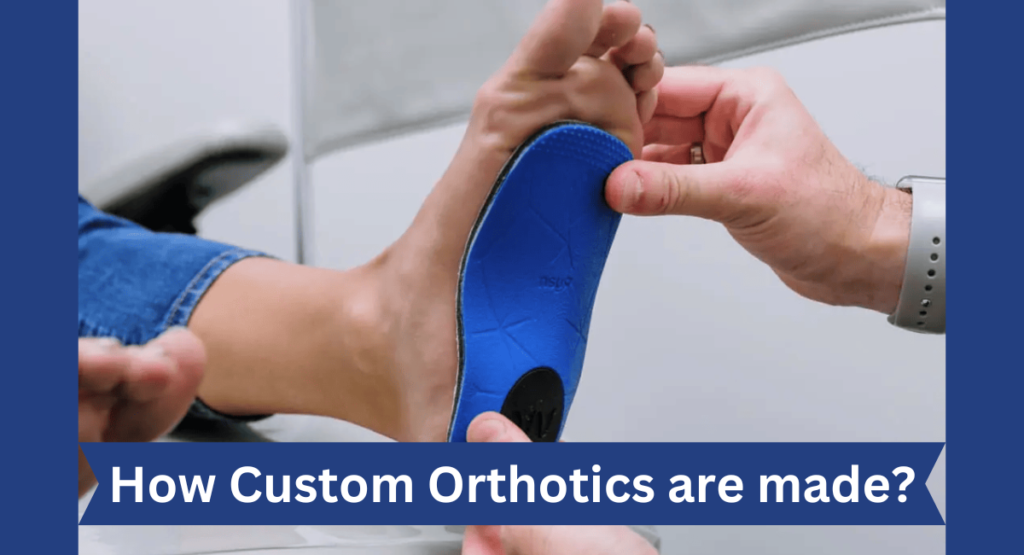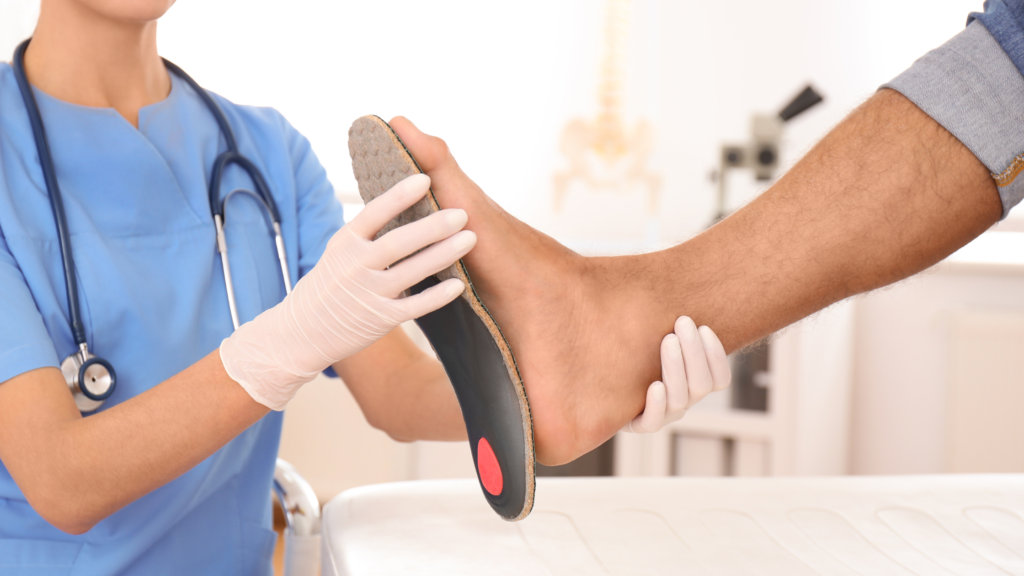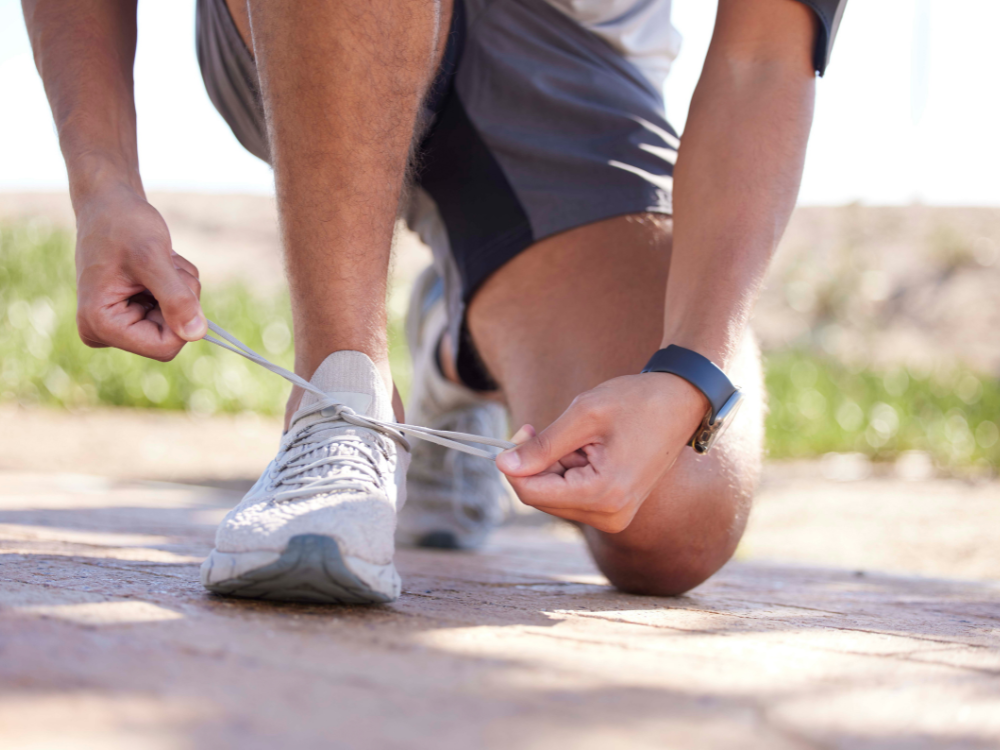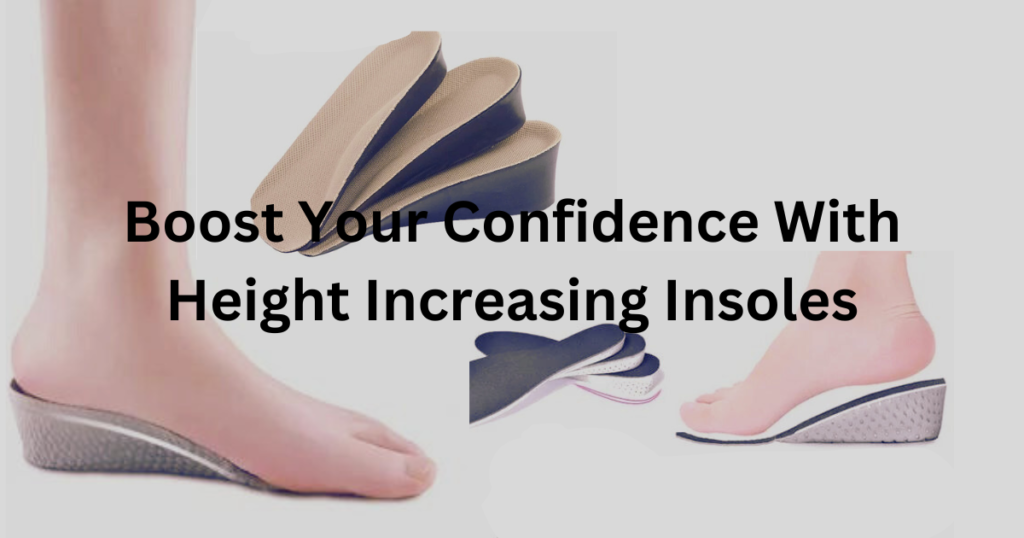Custom orthotics are revolutionary devices designed to provide support and alleviate discomfort for individuals suffering from foot-related issues. Whether it’s plantar fasciitis, flat feet, or other biomechanical imbalances, custom orthotics can make a significant difference in one’s quality of life. But have you ever wondered how these personalized foot supports are crafted? In this comprehensive guide, we’ll delve into the intricate process of how custom orthotics are made, shedding light on the steps involved in creating these tailor-made solutions.
Understanding the Need for Custom Orthotics:
Before delving into the manufacturing process, it’s crucial to grasp the significance of custom orthotics. Unlike over-the-counter inserts, custom orthotics are uniquely crafted to meet the specific needs of each individual. They are designed to address biomechanical irregularities, provide support, and enhance comfort, ultimately promoting proper foot alignment and function. From athletes seeking performance enhancement to individuals seeking relief from chronic foot pain, custom orthotics offer personalized solutions tailored to each person’s unique foot structure and requirements.
The 5 Steps of How Custom Orthotics Are Made?
1. Assessment and Evaluation:
The journey to crafting custom orthotics begins with a comprehensive assessment and evaluation of the patient’s feet. A qualified podiatrist or orthopedic specialist conducts a thorough examination, analyzing factors such as foot shape, gait mechanics, and any existing conditions or injuries. This assessment provides crucial insights into the patient’s biomechanics, helping to identify areas of imbalance or dysfunction that need to be addressed.
2. 3D Foot Scanning or Casting:
Once the assessment is complete, the next step involves capturing precise measurements of the patient’s feet. This is typically done using advanced technology such as 3D foot scanning or traditional casting methods. 3D foot scanning involves using specialized equipment to create digital models of the patient’s feet, capturing detailed information about their shape and contours. Alternatively, traditional casting techniques utilize plaster or foam molds to create impressions of the feet. Both methods are effective in obtaining accurate measurements and ensuring a custom fit for the orthotic device.
3. Design and Prescription:
With the patient’s foot measurements in hand, the next phase of the process involves designing the custom orthotics. This step is where the expertise of orthotic specialists comes into play. Using specialized software, orthotics create digital models of the orthotic device, taking into account the patient’s unique foot anatomy and the specific requirements identified during the assessment. Additionally, the orthotic prescription provided by the healthcare professional guides the design process, ensuring that the device meets the patient’s individual needs and addresses any underlying issues or conditions.
4. Manufacturing:
Once the design is finalized, the custom orthotics move into the manufacturing phase. Depending on the chosen materials and manufacturing techniques, this step may involve a variety of processes. Common materials used in custom orthotics include thermoplastics, carbon fiber, and various types of cushioning materials. These materials are carefully selected based on factors such as durability, flexibility, and support. Advanced CNC milling machines or 3D printers are often utilized to precisely shape the orthotic components according to the digital models generated during the design phase.
5. Fitting and Adjustment:
After manufacturing is complete, the custom orthotics are ready for fitting and adjustment. This step involves placing the orthotic devices into the patient’s shoes and ensuring proper alignment and comfort. Orthotic specialists may make minor adjustments to the orthotics as needed, fine-tuning the fit to optimize support and functionality. Additionally, patients receive guidance on wearing schedules and proper foot care practices to maximize the benefits of their custom orthotics.
Custom Orthotics for Flat Feet:
Individuals with flat feet often experience discomfort due to a lack of arch support and overpronation. Custom orthotics for flat feet are specifically designed to address these issues by providing essential arch support and redistributing pressure across the foot. By promoting proper alignment and reducing strain on the feet, custom orthotics can alleviate pain and improve overall comfort for individuals with flat feet.
Custom Orthotics for Plantar Fasciitis:
Plantar fasciitis is a common condition characterized by inflammation of the plantar fascia, the thick band of tissue that runs along the bottom of the foot. Custom orthotics for plantar fasciitis offer targeted support and cushioning to reduce strain on the plantar fascia, facilitating healing and relieving pain. By providing additional support to the arch and promoting proper foot alignment, custom orthotics can help individuals with plantar fasciitis find relief from their symptoms and regain mobility.
Frequently Asked Questions:
1. What is the typical timeframe for the production of custom orthotics?
The timeline for custom orthotics varies depending on factors such as the complexity of the prescription, the manufacturing process, and the orthotic provider’s workload. Typically, it takes around 2-4 weeks from the initial assessment to the fitting appointment.
2. Are custom orthotics covered by insurance?
Many insurance plans provide coverage for custom orthotics, especially if they are deemed medically necessary to address a specific foot condition or injury. However, coverage can vary depending on the individual’s insurance plan and policy details. It is recommended to consult your insurance company to ascertain the extent of your coverage options.
3. How long do custom orthotics last?
The lifespan of custom orthotics depends on various factors, including the materials used, the individual’s activity level, and how well they are cared for. On average, custom orthotics can last anywhere from 1 to 5 years. It’s recommended to have them evaluated periodically by a healthcare professional to ensure they are still providing adequate support and functionality.
4. Can custom orthotics be transferred between different pairs of shoes?
In most cases, custom orthotics can be transferred between different pairs of shoes as long as the shoes have a similar shape and size. However, it’s essential to ensure that the orthotics fit properly and provide adequate support in each pair of shoes. Some individuals may prefer to have multiple pairs of custom orthotics to use with different types of footwear.
5. Can custom orthotics be adjusted or modified?
Yes, custom orthotics can often be adjusted or modified to better suit the individual’s needs. Orthotic specialists can make minor adjustments to the orthotics during the fitting appointment or afterward if necessary. These adjustments may include trimming excess material, adding padding, or altering the shape to improve comfort and functionality.
Conclusion:
Custom orthotics play a crucial role in providing relief and support for individuals dealing with a wide range of foot-related issues, including flat feet and plantar fasciitis. Understanding the process of how custom orthotics are made offers insight into the meticulous craftsmanship and expertise involved in creating these personalized solutions. From assessment and evaluation to design, manufacturing, and fitting, each step of the process is carefully orchestrated to ensure optimal results for the patient. By combining advanced technology with specialized expertise, custom orthotics offer tailored solutions that can make a profound difference in the lives of those seeking relief from foot pain and discomfort.
